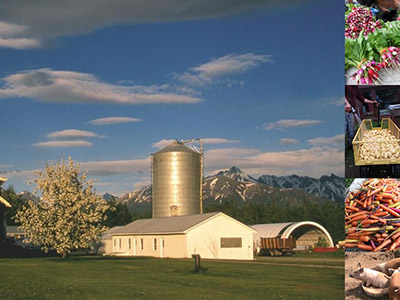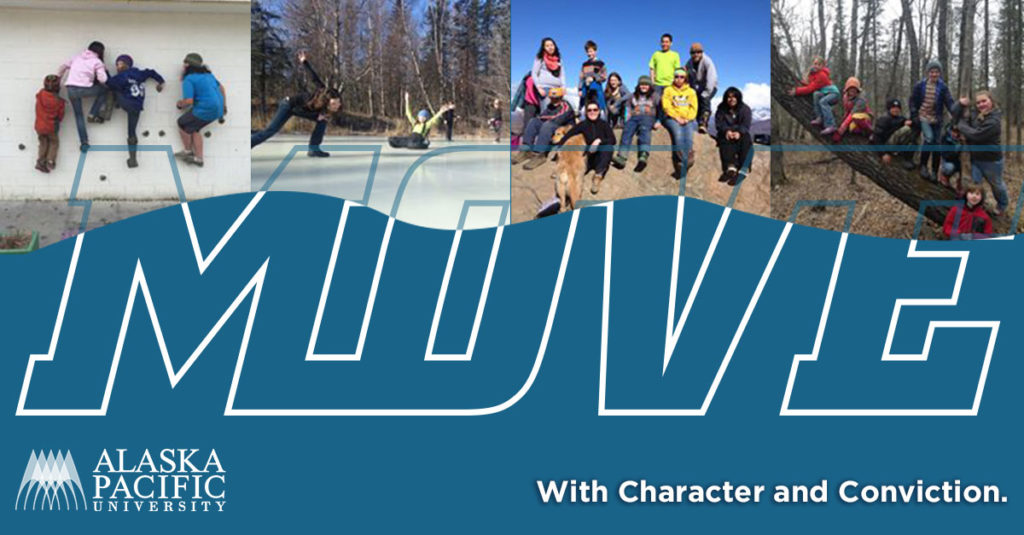By Steve Rubinstein
Most parents know the meaning of the word move. Maybe all too well. So do most kids. After all it is what kids do. It was they start doing, keep doing and to the sometimes frustration of their parents and teachers will not stop doing. As infants they move in whatever way they can, reaching out to grasp the world around them or touch whatever moves in front of them. As toddlers they take off in any and every possible direction usually, it seems, for the sheer joy of just going because suddenly they can! In early and early-middle childhood, they move in any way they are allowed. They climb, throw, push, grab manipulate, twist, turn and build in an effort to discover and explore how the world works and how they can work on it and with it. At this point in life they also begin to fidget and wriggle and wrestle with the confines of their own skin and the growing restrictions placed upon them and their desire to keep moving.
In education, we have become very good at separating out when our students are allowed to move and when they are meant to calm down. Most of the time, we punish the former pursuit and reward the latter. We focus most of our energy as educators on cultivating and building the capacity of our students’ minds to the exclusion of their bodies and their inborn need to move as part of the learning process. We have decided to draw a line between their bodies and their minds. In fact, 2018 will be the one hundredth anniversary of the date by which all states in the U.S required compulsory education and for all students to attend school. This decision has not been without its consequences. Now, almost those one hundred years later we are struggling to find ways to get our children to move even sixty minutes per day. In addition, research has begun to illuminate the benefits of movement in cognitive development and emotional wellness.

Steve Rubinstein
Program Director
Graduate Program in Outdoor & Environmental Education
Alaska Pacific University

